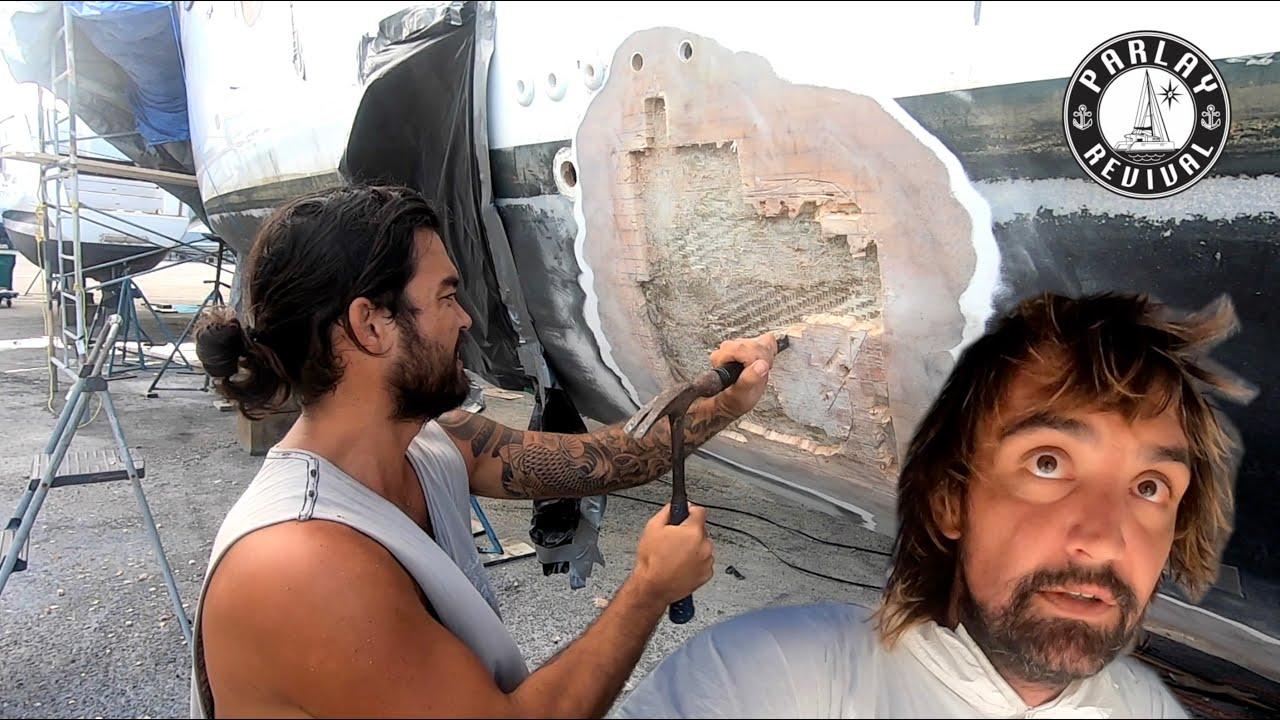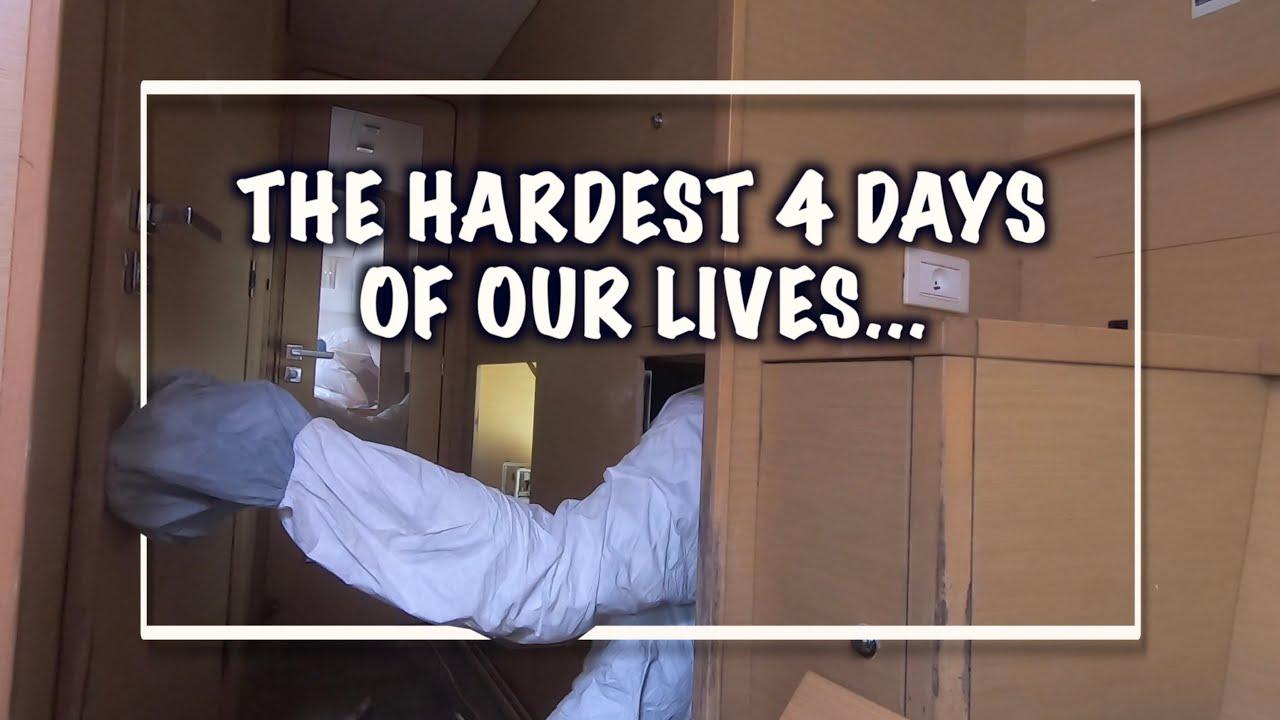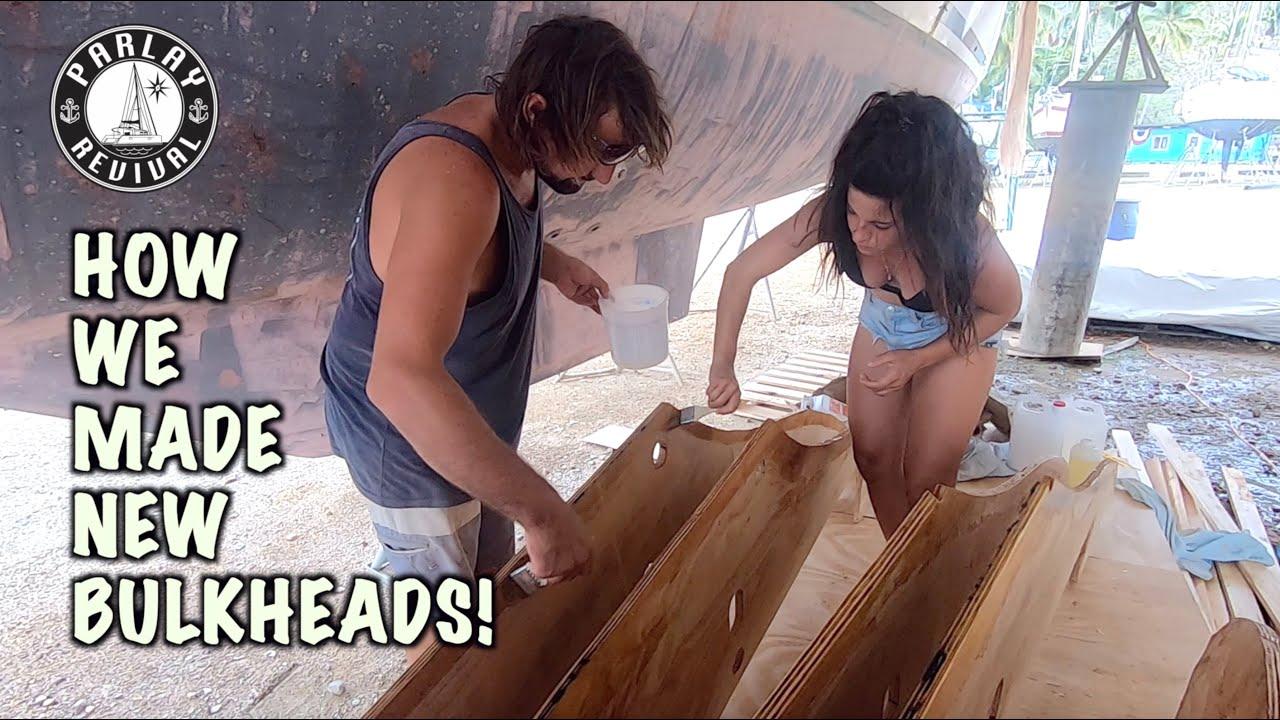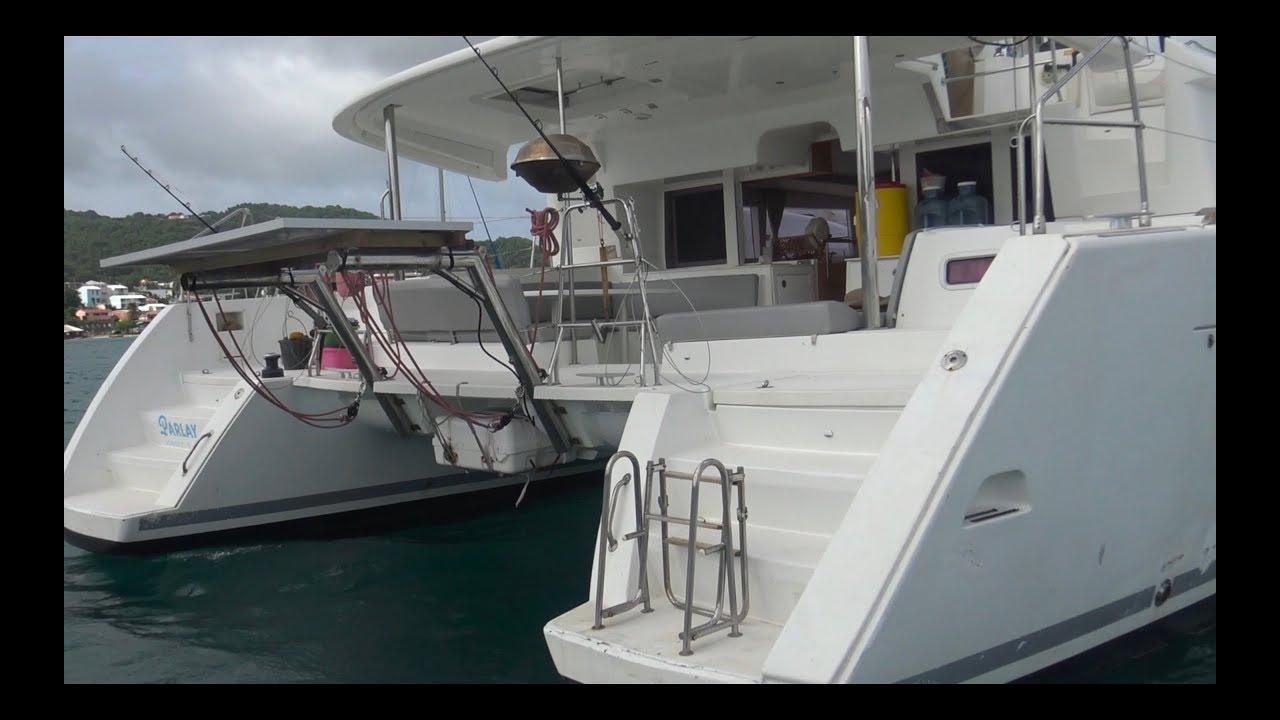Welcome to our latest blog post, where we’ll be discussing the fascinating topics covered in the YouTube video titled "HURRICANE DAMAGED BOAT REBUILD BEGINS! – Episode 94." In this video, we join the crew as they embark on the challenging journey of rebuilding a boat that has been severely damaged by a hurricane. With the boat lifted out of the water and the wind threatening to blow away their makeshift tent, the team wastes no time in getting to work. They assess the damage, strategize the best approach, and even consider using parts from another boat as donors for the repairs. Throughout the video, we witness the meticulous process of identifying and removing the damaged core, ensuring that the repairs reach solid, dry, and reliable glass. Join us as we delve deeper into this incredible restoration project and uncover the complexities involved in rebuilding a hurricane-damaged boat.
Heading 1: The Process of Assessing the Damage and Planning the Rebuild
In this episode of "HURRICANE DAMAGED BOAT REBUILD BEGINS!", we are diving into the process of assessing the damage caused by the hurricane and planning the rebuild. As we lift the boat out and set up our workspace under a tent, we are confronted with the daunting task ahead.
One of the major areas that took a significant hit is the bow, with a noticeable knock in the top corner. Our main concern now is determining the extent of the damage and how far back we need to go to reach solid glass. Once we have a clear understanding of the area we’re dealing with, we can consider using a mold from the donor boat, which is conveniently located right in front of us.
As we inspect the boat further, it becomes evident that water has seeped in through cracks, causing damage to the balsa core. We need to ensure that we cut out any rotten or wet areas until we reach the dry and solid glass. In some places, the balsa core has held up well and prevented water from infiltrating, while in others, it needs to be completely replaced.
To achieve a successful repair, we will need to carefully grind and assess the condition of both the fiberglass and the core whenever the gel coat has been breached. This meticulous process will ensure that we address any areas of concern and create a solid foundation for the rebuild. Stay tuned as we navigate through this challenging yet exciting journey of restoring and rebuilding the hurricane-damaged boat!
Heading 2: Analyzing the Impact of Water Damage on the Boat’s Structure
In this episode of "HURRICANE DAMAGED BOAT REBUILD BEGINS!" we dive right into analyzing the impact of water damage on the boat’s structure. As we lift the boat out of the water, we set up a makeshift tent to shield us from the powerful winds. Our focus initially is on the bow, which has taken a significant hit in the top corner, causing some cracking and deformation.
Before we can proceed with repairs, we need to assess the extent of the damage. It’s crucial to determine how far back we have to go to reach solid glass. Once we locate the solid glass, we can start considering taking a mold from the donor boat, conveniently situated right in front of us. This process is a prime example of the challenges faced with hurricane-damaged boats.
One noticeable area of damage is a large crack that has allowed rainwater to seep in, rotting the balsa core underneath. We carefully remove the damaged sections, cutting until we reach dry and solid glass. Using a scarf technique, we start the repair process, ensuring that the repaired area is bonded securely to the balsa core. This process will be repeated throughout the boat, wherever the gel coat has been breached.
The analysis of the boat’s structure reveals both promising and concerning findings. Some areas remain intact and in good condition, while others have suffered significant water infiltration. By examining each section and determining its moisture content, we can accurately determine the extent of the repairs needed. Ultimately, this meticulous analysis will guide us in restoring the boat to its previous glory. Stay tuned for more updates on this exciting boat rebuild journey!
Heading 3: Approaching the Repair with Strategic Cuts and Scarfing Techniques
In this episode, we dive into the exciting process of rebuilding a hurricane-damaged boat. The first step is to carefully assess the damage and come up with a strategic plan. One area that needs attention is the bow, which has taken a significant knock and shows signs of damage. We are considering various techniques to approach this repair, as there are multiple solutions to choose from.
Before we can proceed, we need to determine the extent of the damage and locate solid glass for reference. Once we find that secure foundation, we can start considering using a mold from our donor boat, conveniently located right in front of us. This is just one example of the many challenges posed by hurricane-damaged boats, but we are confident in our ability to tackle them head-on.
Another area that requires our attention is the balsa core, which has been affected by water infiltration. Through careful cutting, our expert Jamie is ensuring that we remove any rotten or wet balsa until we reach a point of dry, solid glass. A scarf will be inserted in the repaired section, providing a strong and seamless solution. It is important to note that we will continue this process all around the boat wherever the gel coat has been compromised.
Stay tuned for the next episode, where we will discuss further repairs and progress on this exciting boat rebuild project. We are determined to turn this hurricane-damaged vessel into a masterpiece once again, showcasing the effectiveness of strategic cuts and scarfing techniques.
Heading 4: Evaluating the Effectiveness of the Balsa Core in Preventing Water Penetration
In this episode of "HURRICANE DAMAGED BOAT REBUILD BEGINS!", we dive into the evaluation of the effectiveness of the balsa core in preventing water penetration. As we lift the boat out of the water and take a closer look, we can see the extent of the damage caused by the hurricane.
One of the areas that took a big hit is the bow, specifically in the top corner where it has suffered a significant impact. This impact has resulted in a crack that allowed water to seep in, causing damage to the balsa core. The smell and moisture indicate the rotting of the core material.
To address this issue, we need to carefully cut out the damaged section, going as far back as necessary to reach solid, dry fiberglass. Luckily, we have access to a donor boat nearby, which will serve as a reference for our repair. By comparing the condition of the fiberglass and the core, we can ensure a proper restoration.
With the damaged section cut out, we can begin the repair process by inserting a scarf in the unaffected dry area. This will create a seamless transition between the new and existing materials. However, we still need to continue cutting until we reach completely dry and good-quality balsa core, as the wet sections must be removed.
Throughout the entire boat, wherever the gel coat has been breached, we will be grinding and assessing the condition of both the fiberglass and the balsa core. It’s important to address any areas where water has penetrated to prevent further damage and maintain the structural integrity of the boat.
By thoroughly evaluating the effectiveness of the balsa core in preventing water penetration, we can ensure a successful rebuild of this hurricane-damaged boat. Stay tuned for more updates and exciting progress in the next episode! In conclusion, the YouTube video titled "HURRICANE DAMAGED BOAT REBUILD BEGINS! – Episode 94" showcases the beginning stages of repairing a boat that was severely damaged during a hurricane. The video highlights the challenges faced by the crew as they assess the extent of the damage and devise a plan for the rebuild.
One of the main issues addressed in the video is the bow of the boat, which has sustained significant damage. The crew discusses various approaches to tackling the repair, emphasizing the importance of finding solid glass to work with before proceeding. They also mention the availability of a donor boat nearby, which can potentially provide the molds needed for the rebuild.
Throughout the video, the crew emphasizes the need to remove any water-damaged or rotting elements, such as the balsa core. They demonstrate the process of carefully cutting out the compromised sections until they reach dry and solid fiberglass.
The repair process involves grinding and inspecting the condition of the fiberglass and core wherever the gel coat has been breached. The crew documents the areas that are wet and those that are dry, making crucial decisions on which parts to repair and which to remove.
Overall, this video provides a glimpse into the meticulous and intricate work involved in rebuilding a hurricane-damaged boat. The crew’s dedication and expertise shine through as they navigate the challenges posed by the extensive damage. Stay tuned for more updates on this ongoing rebuild process.



